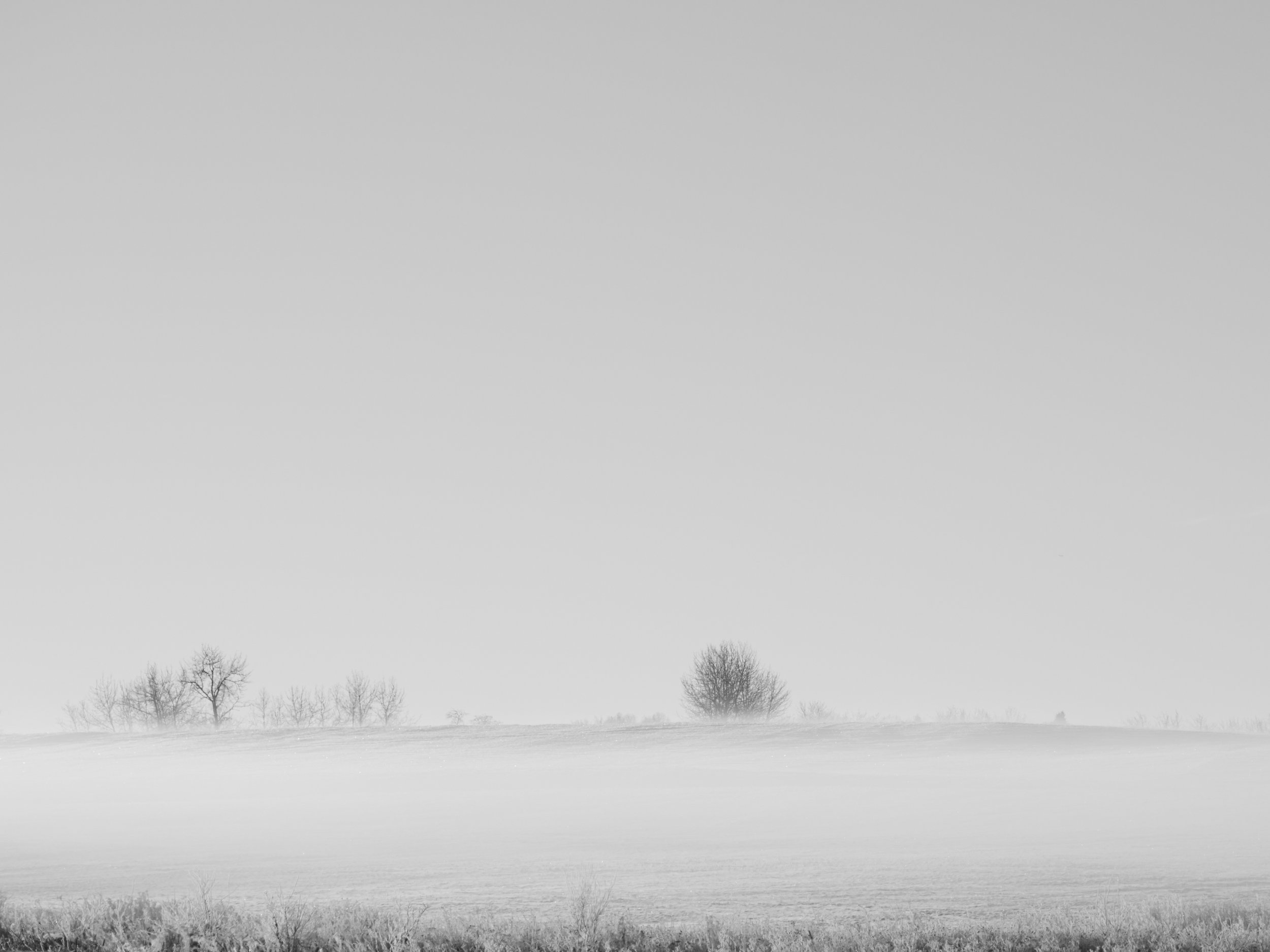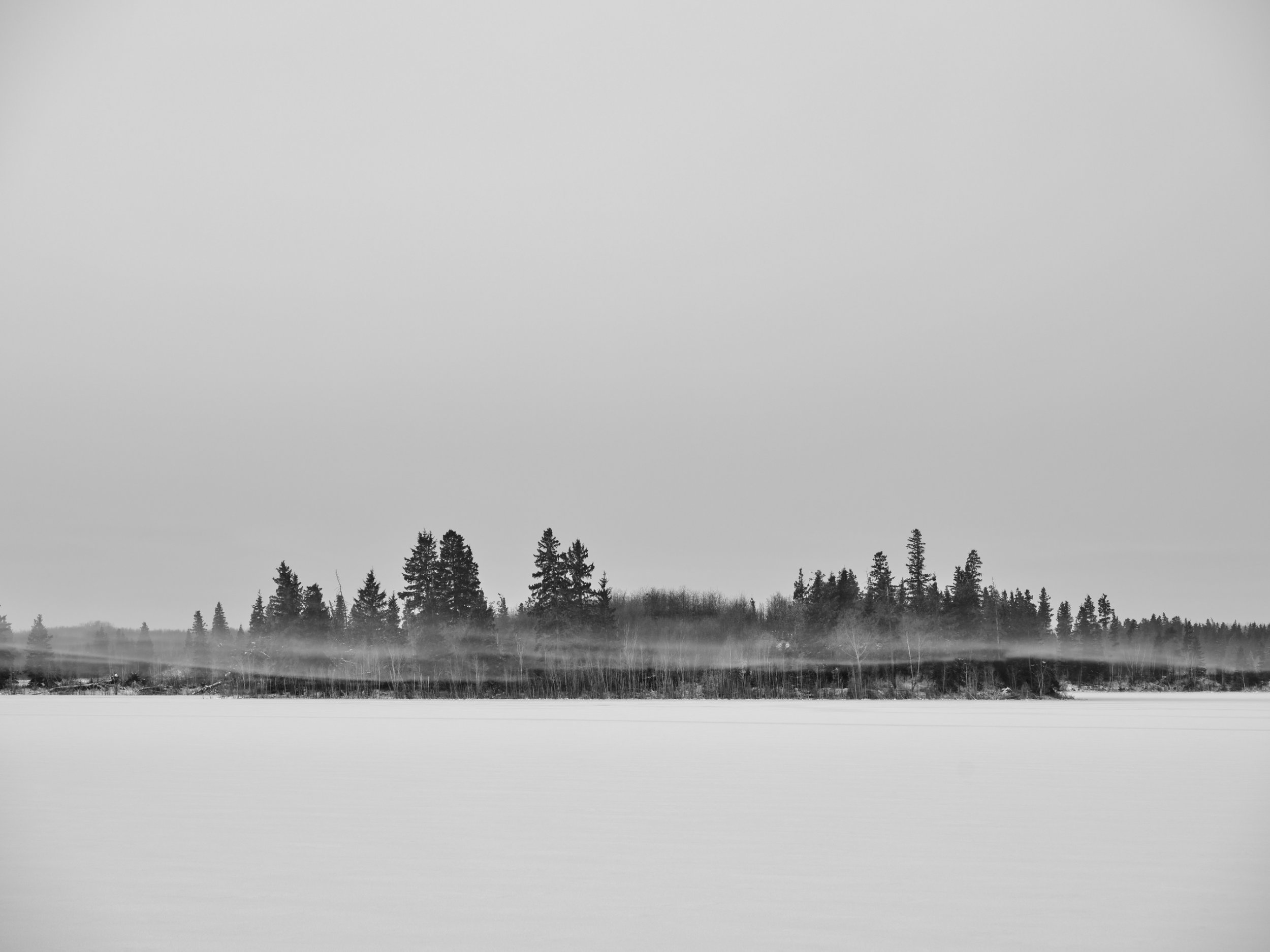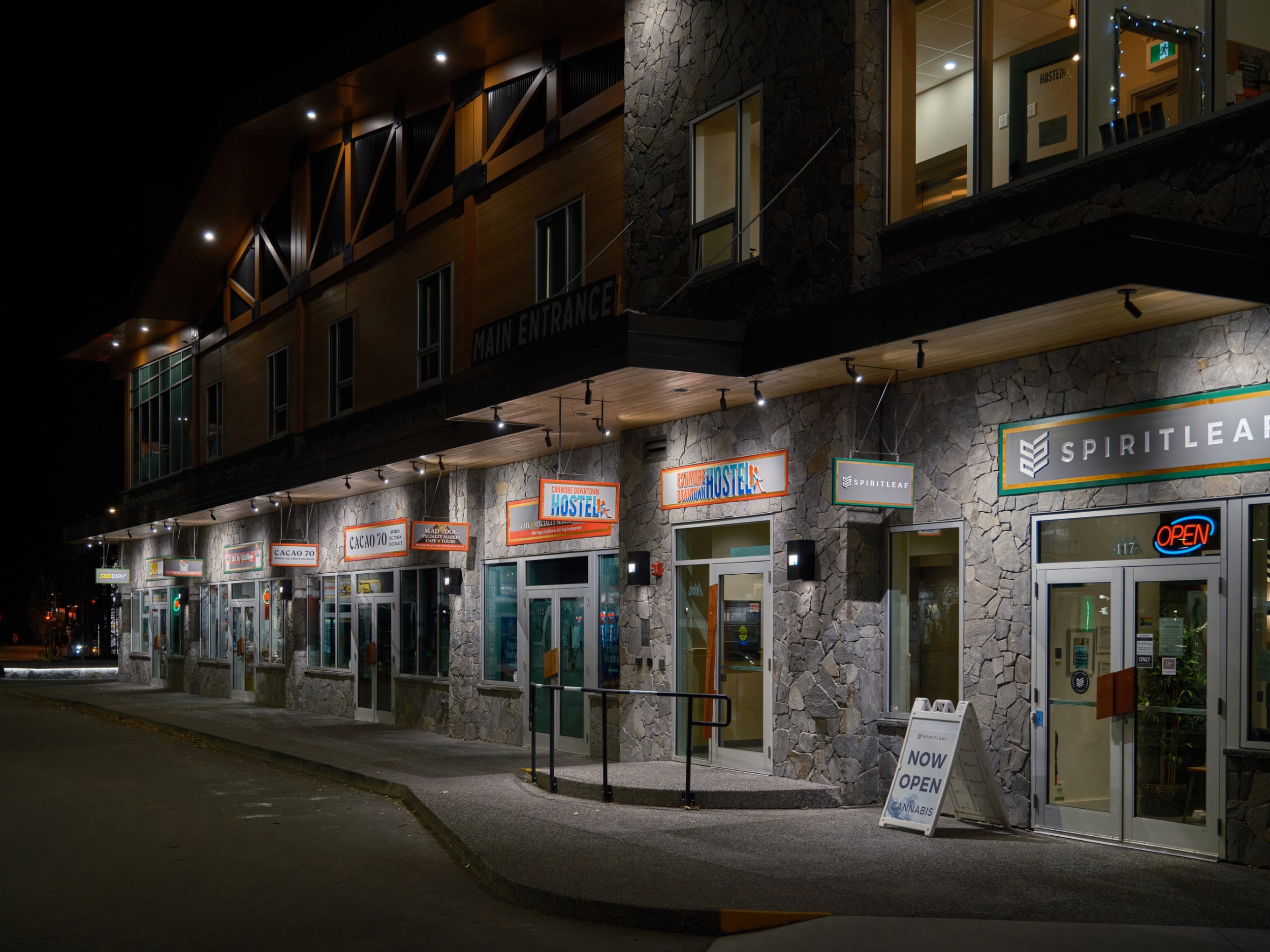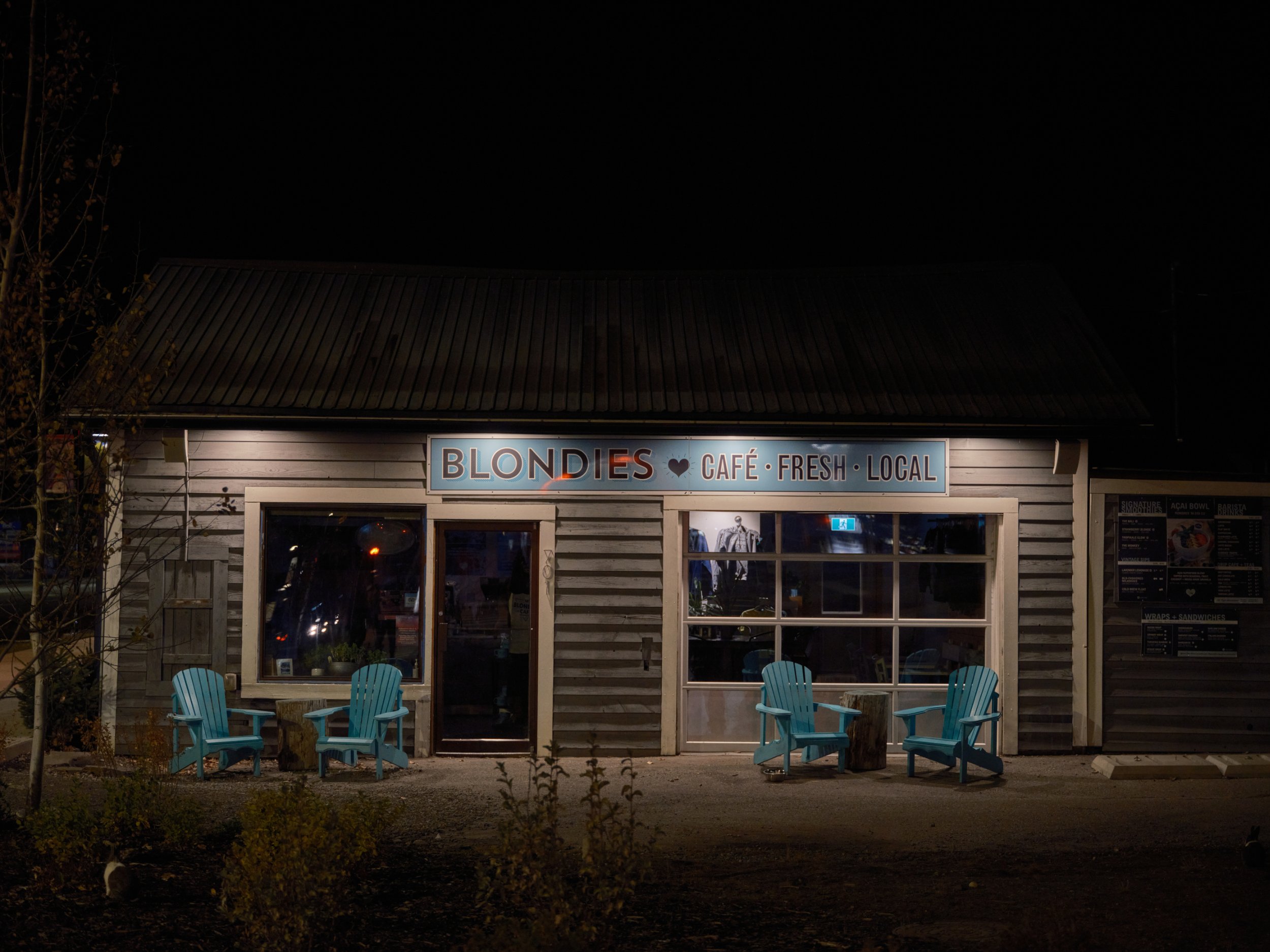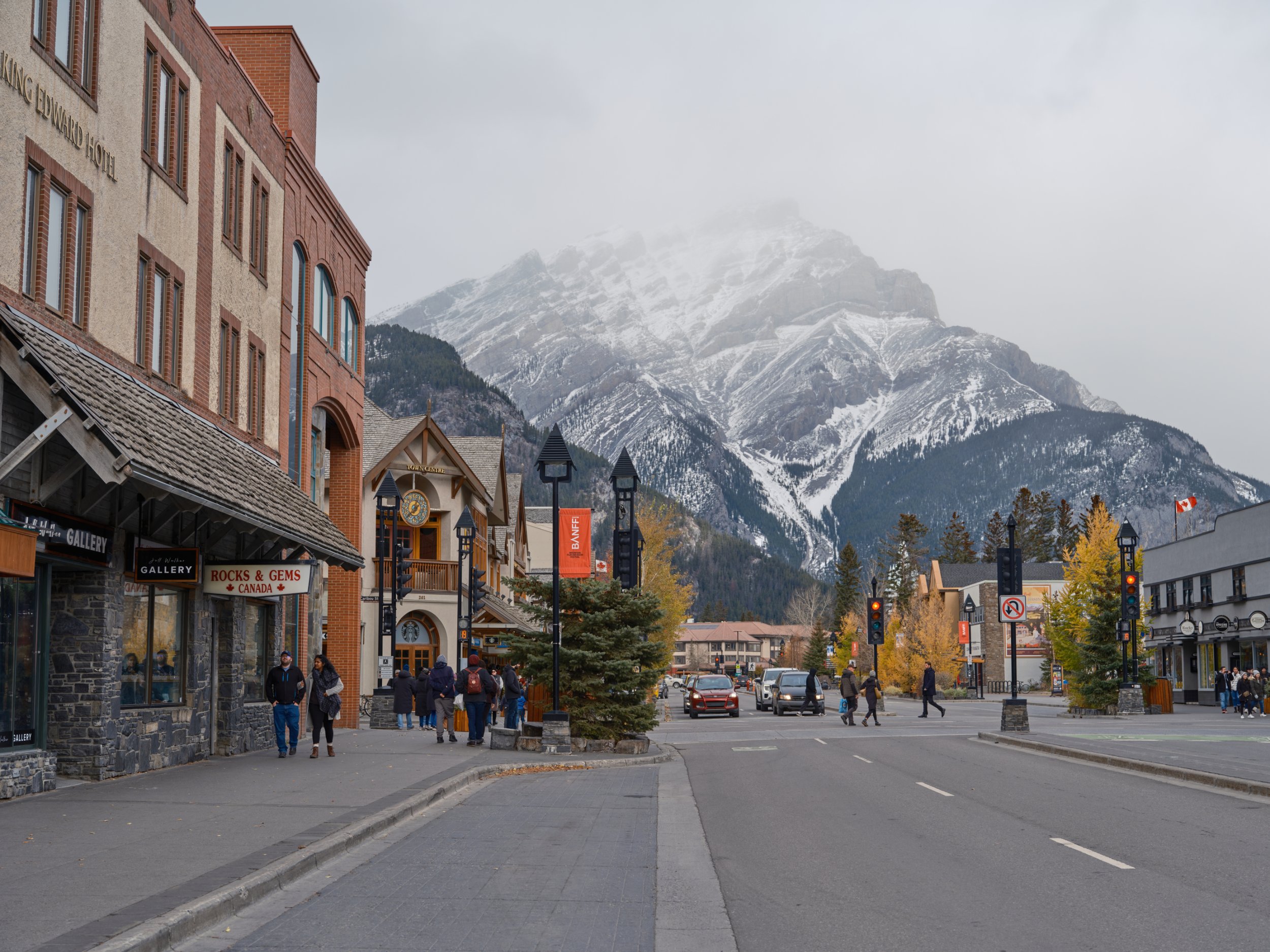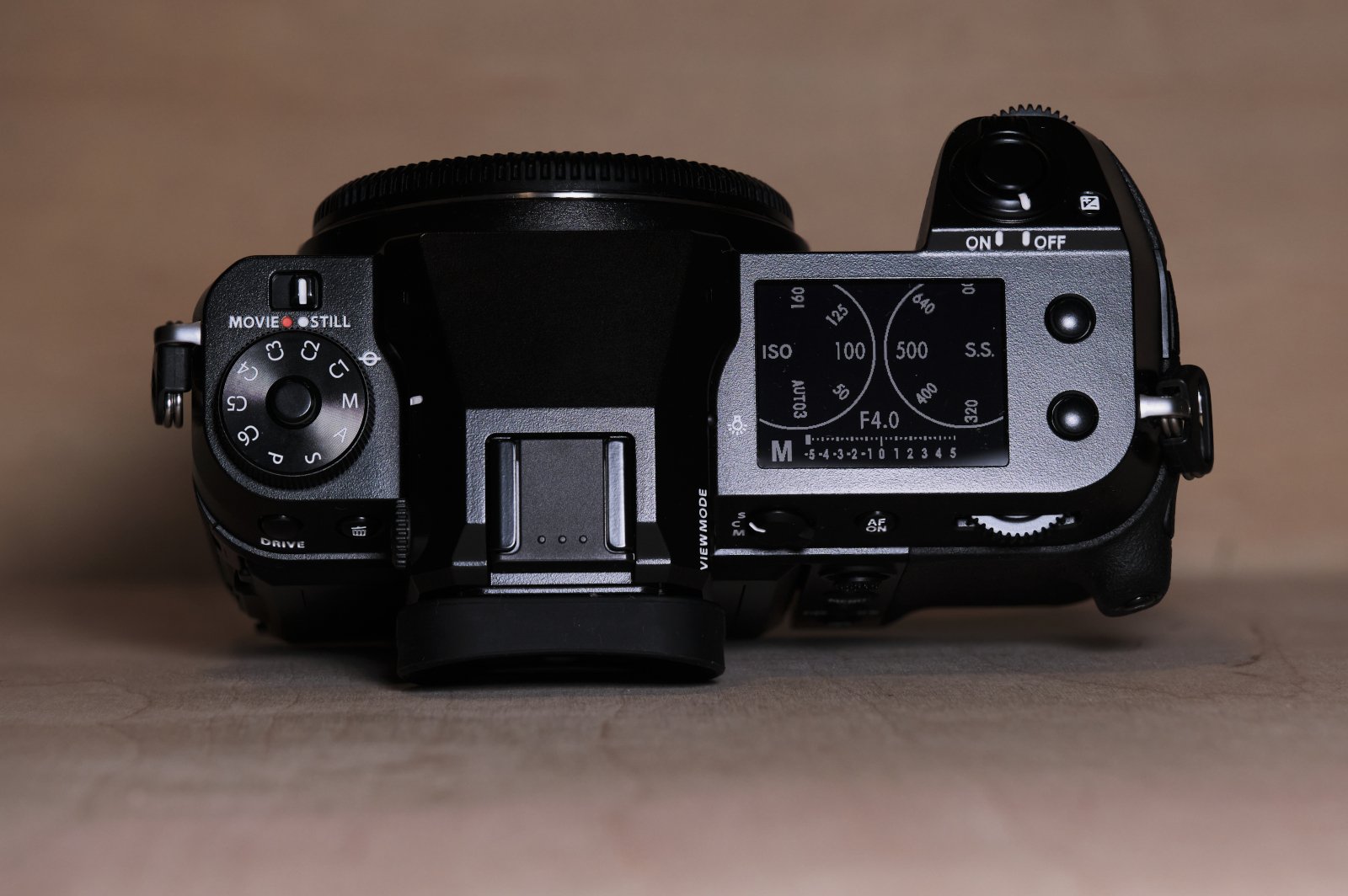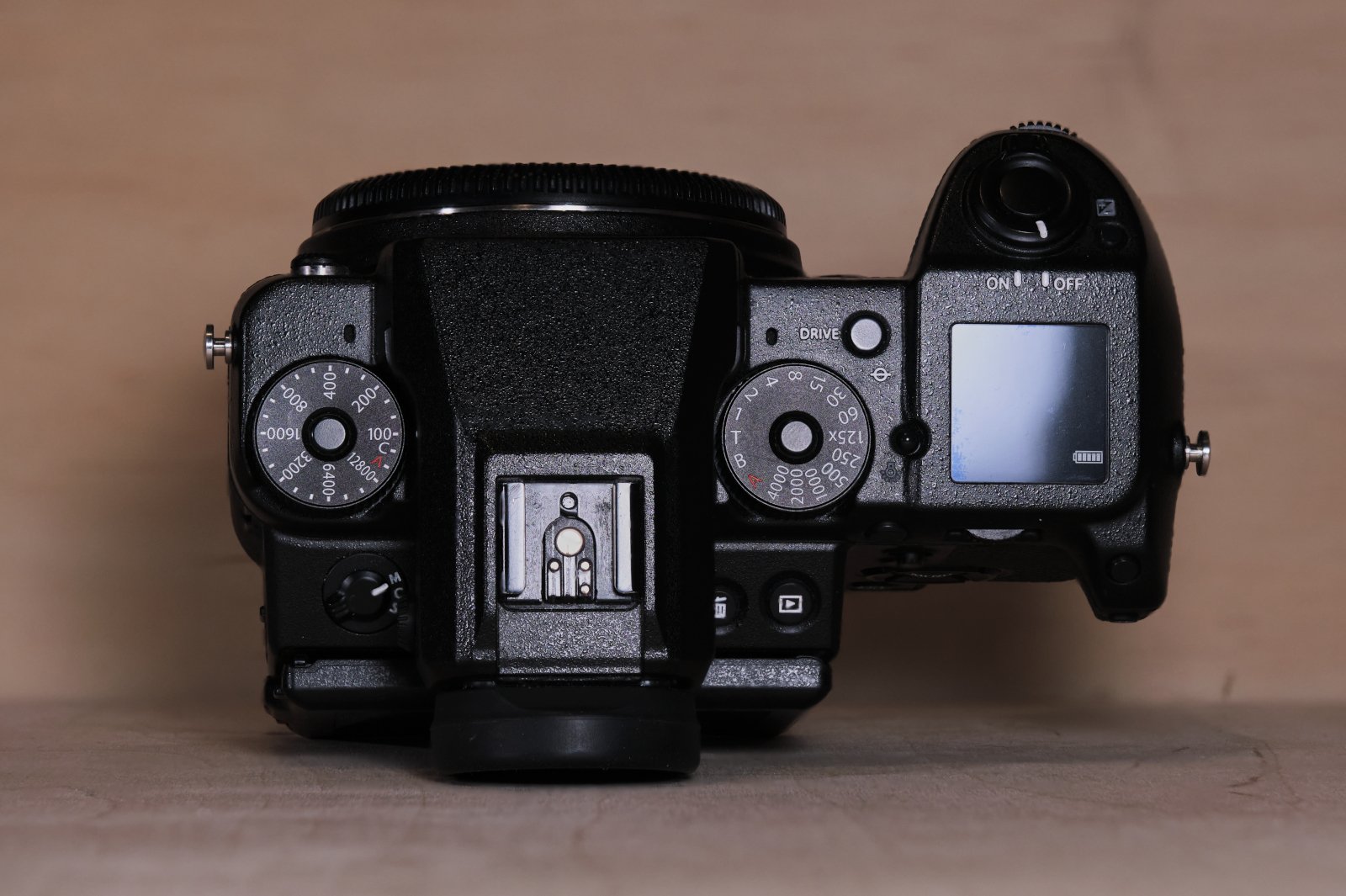The GFX-100s experience for an GFX-50s user
I use the GFX-50s (the original one) and the GFX-100s to photograph Landscapes and portraits. I thought I would share some of my experience using the GFX-100s — being a long-term GFX-50s user. I will not touch on the other aspects of the GFX-100s or the GFX-50s since I have covered them here and here.
So let’s dive into the other aspects of the GFX-100s vs. the GFX-50s.
“As a fellow photographer, I understand the frustration with using subpar platforms. That’s why I’ve created a new photography platform that addresses these common pain points. I personally invite you to give it a try, and I would love to hear your feedback to help make it an even better experience for you and the community.”
The front side of GFX-100s
PSAM vs. RETRO dials
Coming from the excellent Canon EOS 5D Mark IV (PTAM dial) to the GFX, I am no stranger to the PASM-like dial in the GFX-100s. Each has its own benefit, and the PSAM dial (or its variants) has been in the market for a long time — used by seasoned photographers. However, most Fujifilm users (if not all) love their cameras for the retro controls and their tactile feedback. While I am fine with using the dial controls for setting shutter speed and ISO, I did run into some shortcomings last weekend — which I am pretty sure I will learn to live with.
Landscape photographers do long exposures considerably, and I am no exception. However, I found that between my normal shooting, where I rarely go below 1/160th of a second, and the long exposure, where I consistently go below 1 second, it takes quite a dialing to reach, let’s say, five minutes shutters speed (which I attempted this weekend — freezing my finger longer than I should). Also, getting used to the marking in the virtual dials takes quite some time (you can see a minor lag when it scrolls, and sometimes you have to be careful to spot the numbers in between).
However, it is so quick to get to the BULB mode in the GFX-50s and then go longer than a few seconds, and it responds as you rotate the nob without delay.
Left: The GFX-100s, Right: The GFX-50s
Another issue is adjusting your ISO and shutter speed settings without switching your camera on. This one is big for me and annoys me sometimes. As a fanatic (not philosophical — just that I am way too comfortable with manual adjustments) manual shooter (even in the events), I rely on the retro dials a lot to set approximate adjustments even before switching the camera on. Unfortunately, you cannot do that with the GFX-100s. The camera must be switched on to adjust the shutter speed or ISO (I rarely use the exposure compensation dial).
Electronic Viewfinder
The reflective LCD screen at the back is of no use on a bright day for landscape, street (GFX for street photography — pfft), or travel, meaning you must use the viewfinder frequently. Having a fixed viewfinder as opposed to the tilt-adapter-friendly viewfinder poses a problem in many situations as a landscape photographer on a sunny day. I came across many situations where a tilt-adapter found in the GFX-50s or the GFX-100 is a huge advantage compared with the fixed EVF or an LCD screen.
When I fix the camera below my waist level (or low on the ground), it is easy to lift the EVF upwards and have a look using the tilt adapter as opposed to stooping down to the level of the LCD screen (not accounting for the sunlight reflection) or fixed EVF for a prolonged period of time to compose your shots.
The removable and extendable viewfinder at the back of the GFX-50s (left), and the fixed viewfinder at the back of the GFX-100s (right)
Sure, photographers who have not used the viewfinder with the tilt adapter will not find it a big deal. But, once you get used to the tilt adapter — it is a big deal — even a backward move.
Autofocusing
The sole reason for any GFX-50s (Including the Mark II) photographer to upgrade their camera to the GFX-100s would be the autofocus. Don’t get me wrong — autofocus is not the primary reason people move up in the format. Still, it gives an enthusiast photographer like me a reason to stick to the large-frame camera. The autofocusing is improved (primarily the snappiness and stickiness) — opening the doors to using the camera for travel and, I dare say — the streets (which I occasionally use with varying degrees of success). Outdoor portrait and pre-wedding photographers will also benefit from improved autofocus performance. The camera finds your subjects in a good light and sticks with them — for the most part.
Capturing movement takes a lot of skill to get consistently good photographs since its subject tracking is still miserable despite using XT-4’s autofocus system. It still takes considerable skill to maximize the number of photographs in focus. Also, the autofocusing performance depends on the GF lens you use.
Hence, you are trading the retro controls for (vastly) improved autofocus, the overall performance (snappiness), and a relatively smaller body with an IBIS.
Image stabilization
You never know if you need an IBIS until you start using the GFX 100s, and the result depends on your lens. I found that the GF 100-200 F5.6 does not produce the best IBIS result when handheld. The GF 45-100mm F4, GF 32-64mm F4, and GF 45mm F2.8, on the other hand, perform exceptionally well. The GF 45-100mm is my go-to lens when visiting locations with my family or hiking. It is easy to use the camera handheld and get a clear photograph — up to 1/125th of a second. Some claim you can get a sharp picture even at the 1/30th of a second — they sure have better stable hands than me.
It does fail in one scenario, specifically with the GF 100-200mm F5.6 lens — photographing from an idling car. Somehow, the car’s vibration is extremely hard to negate for the IBIS system. I found that out when attempting to photograph a few bison during my recent visit to Elk Island National Park. Otherwise, the IBIS system does a good job of negating the vibration — allowing you to use the camera handheld.
Remote release
Finally, the Fujifilm employees can afford to use their system, which shows in the hole placement for the remote release. It is comfortably placed on the right side of the camera body — reducing the need to open anything on the left side of the camera when mounted on an L-Plate. It is a big one since I frequently use L-Plate mounted on my Manfrotto 055 tripod for studio photography and landscape (No, I am not going to use the remote app on the mobile for a very long time, and I prefer the remote release instead).
The hole for the remote release at the right top of the GFX-100s stays out of the way from the L-Bracket and the portrait mode shots.
Joystick
I have mixed feelings about the joystick in the GFX-100s instead of the D-pad in the GFX-50s. It gets pretty cold in Alberta, and I found using the joystick is a hit-and-miss with the frozen fingertips. I would have preferred the Canon EOS R5 style joystick at least — not having to move the focus point square by square on a really cold day using my frozen fingers to reach the right spot. Sometimes I have to push it again to ensure the focus point moves (I don’t get enough feedback from my frozen thumb). On the other hand, the D-Pad allows me to tap, which seems to be a better option with frozen fingers.
I prefer the D-pad as opposed to the Joystick found at the GFX-100s.
Conclusion
Despite the drawbacks, I don’t see myself not using the GFX 100s (or the GF 50s) anytime soon. It will take a considerable performance improvement in the next model to make me upgrade. If you are starting with the GFX-100s and have not gotten used to the tactical feedback retro controls or the tilt adapters — you will not miss out on anything I wrote in this article.
Otherwise, you will learn to live with it after some time — retro dials and the tilt adapter for performance improvements, a smaller body, IBIS, and the autofocus system.
